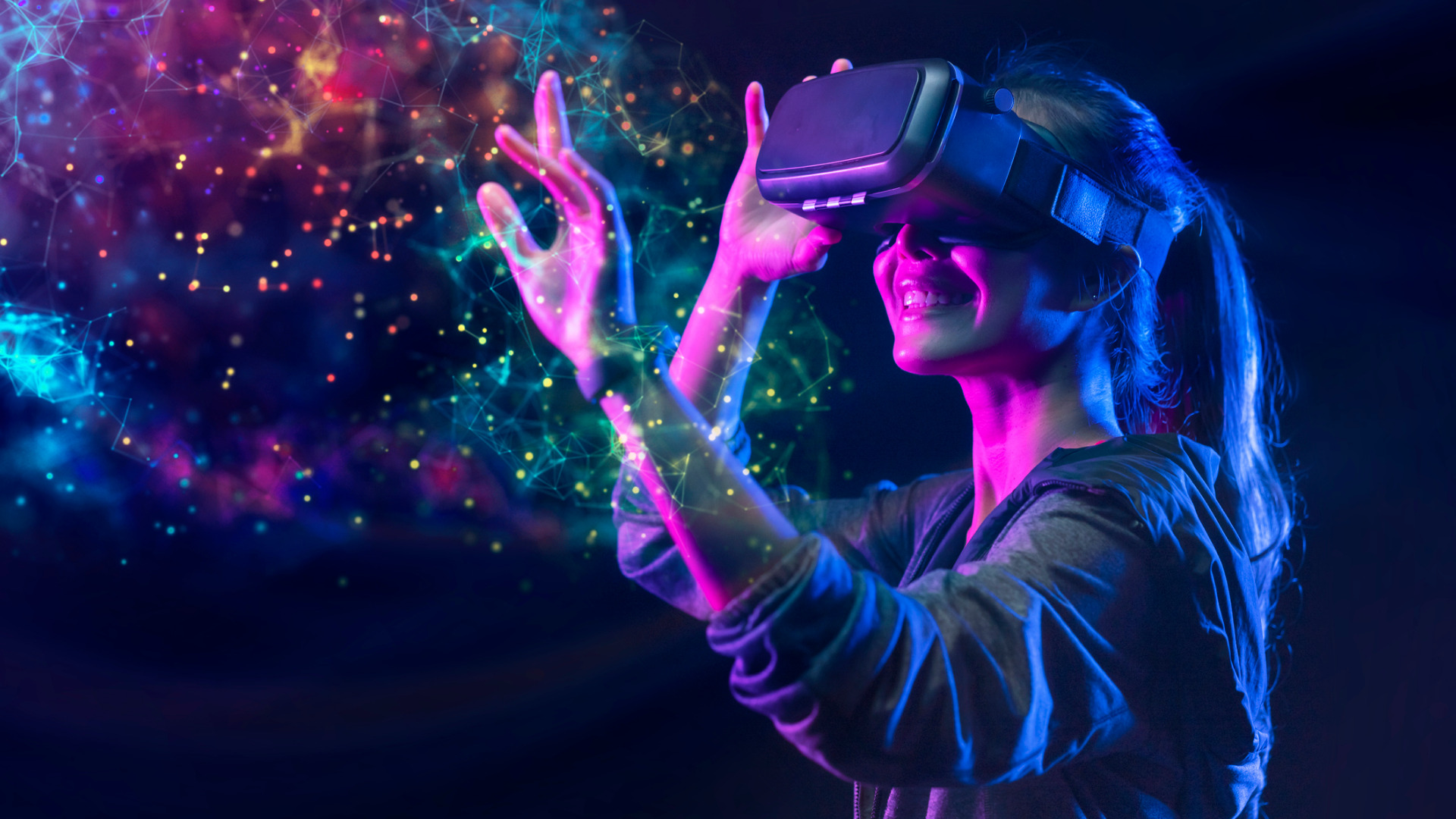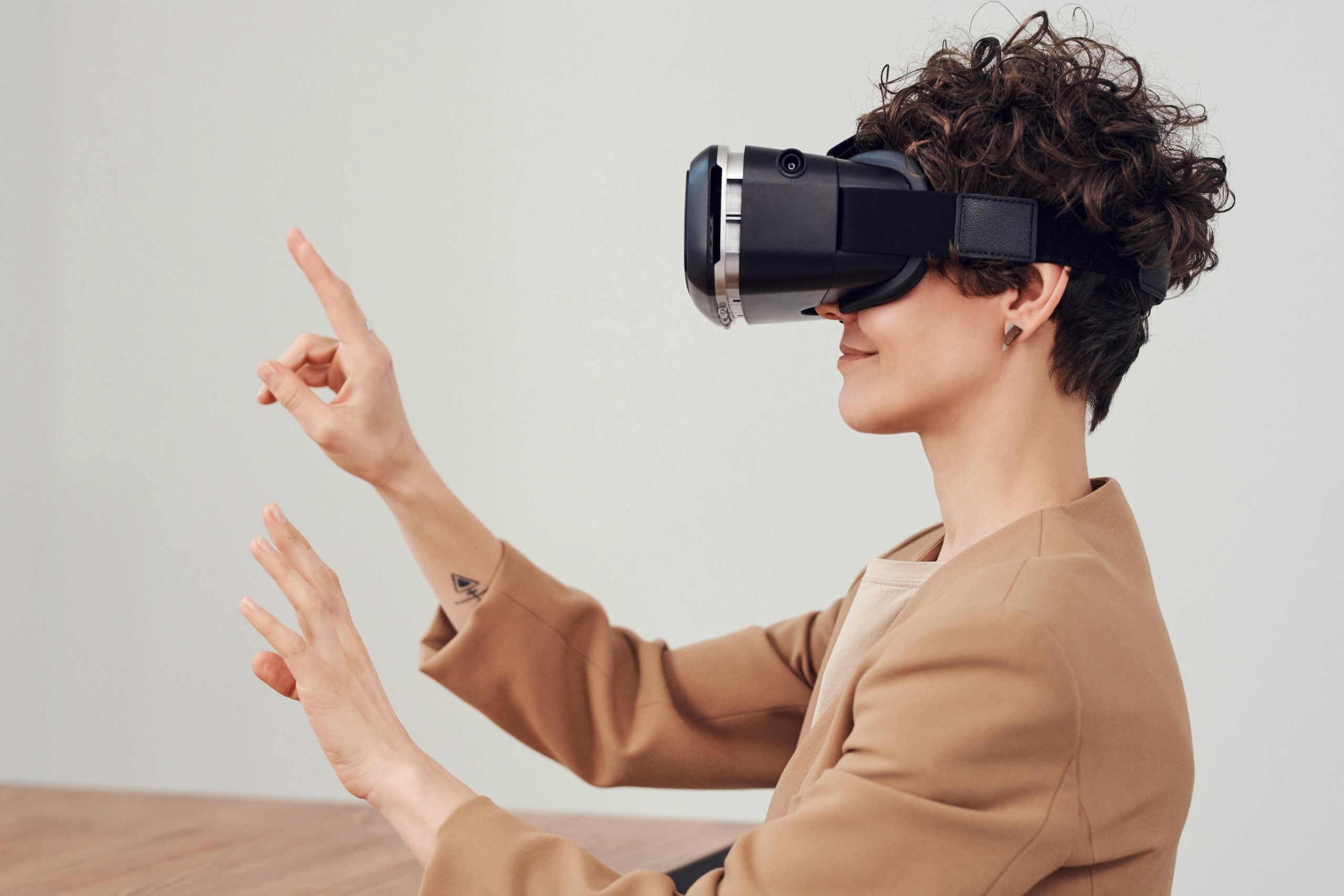In under ten years, virtual reality moved from a pricey oddity to common gear at home and school. Early fans gasped at rough roller coaster demos, while current headsets add room tracking, 4K panels, and untethered play. Even online betting, noted at https://www.centsports.com/sports-betting/sports-betting-vs-casino-gambling, is trying VR lounges near courtside.
Fans can place wagers while inside the same shared scene. These trials point to a larger change in how we use VR. It is not a gimmick; it is a tool for play, work, and study. This piece tracks where the tech began and how games drew wide interest. It shows why teachers value headsets and which snags still slow the broader spread.

By the end, readers will see why the road ahead for VR looks bright and practical. Whether you crave fresh play, new ways to share rooms, or stronger study tools, VR stands ready to help.
Used with care, it can reshape daily tasks while keeping people engaged and eager to learn. Clear goals and smart design keep costs down and raise long-term value. The stage is set for the spread across homes, schools, clinics, and shops.
From Clunky Rigs to Capable Headsets
The tale of VR began with heavy head-worn rigs in the nineteen-eighties. Many units grew hot after only minutes of demo time. Computing muscle was thin, and nausea was common among early testers in cramped booths. Move ahead to the twenty tens, when low-cost parts from phone supply lines cut prices across the board.
Crowdfunding brought early dev kits to hobby groups, while large tech firms poured big sums into study and build. Faster refresh reduced queasy feelings, and inside-out tracking freed people from outside sensors stuck around each room. Meanwhile, cloud render tech shifted hard graphics work to remote servers so light headsets could thrive.
Today, mid-range gear weighs little yet serves vivid spaces that respond to each move. Open engines and simple scene tools let small teams and students craft rich sets at speed. Lower prices and comfort gains brought longer sessions, which felt safe and natural.
Games: The Springboard to Broad VR Use
Video games drew a first big crowd because play is a low-risk path to try new gear. When players swung bright blades or ducked arrows, they forgave rough edges in exchange for fun and sweat. Makers learned that rich 3D sound and precise hand tracking could build a presence no flat screen could match.
Esports groups hosted VR events, drawing live streams that rivaled major console shows and packed halls. Games also built gear—haptic vests, motion rigs, and custom controllers—that later found roles beyond pure fun. The same haptic glove that tests a bowstring now helps surgeons practice fine, careful work.
Storefronts tested small purchase models and social hubs, teaching teams how to earn and manage shared rooms. As prices drop, big studios and indie crews craft stories that place players inside scenes that react. That base now guides training, fitness, art shows, and remote meetups with shared tasks.
Beyond Play: VR Moves Into Daily Lessons
While gamers grab headlines, teachers may be the ones who push VR into daily use. Schools load headsets with guided trips, letting students from inland towns swim by coral reefs or stand on Mars. Studies show rich sensory lessons boost recall by linking memory to place and motion across time.
In history, students can walk through careful rebuilds of Rome, hearing market calls and seeing carved signs closely. Science classes pair safe virtual labs with short hands-on work, so hard ideas stick in minds. In language study, shy teens practice speech with calm guides, then meet peers in shared scenes.
Built-in reports track gaze paths and task finish rates, turning checks from pop quizzes into quiet watch. Boards begin to count headset labs as real hours, while bulk buys and phone-based viewers lower first costs. Parents and leaders see access grow when rich trips arrive without buses or planes.

What Comes Next: Barriers and Bright Ideas
No tech field grows without snags, and VR is no exception for makers and fans. Motion sickness still hits some users, especially when frame rates drop or movement plans fight the inner ear. Privacy is another hard issue: headsets gather eye focus data, voice clips, and room maps that need care.
Short battery life limits wireless time, and high pixel optics remain costly to build at scale. Encouraging fixes are near, and many teams work fast to ship strong gains across lines. Foveated rendering shows full detail only where the eye looks, cutting loads and stretching battery time.
Thin pancake lenses aim to halve headset bulk, while OpenXR brings wide support that protects buyer plans. Pairing VR with smart AI tools adds scenes that adapt pace, translate speech, and open fair access for more people.
Better safety rules and labels can show what data stays and why it stays. As fixes land, firms can focus on content, not hardware swaps.
